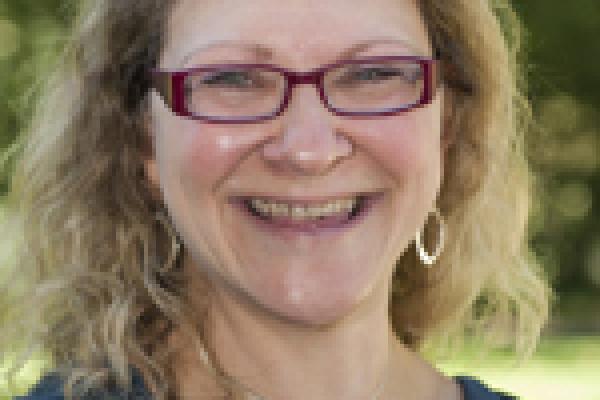
Thu, February 23, 2017
11:30 am - 12:30 pm
Smith Seminar Room, 1080
Please join us for a CME Seminar presented by Professor Nancy Sandler from Ohio University as she shares her researchon on Flatlands that fold and oscillate: Controlling wrinkles and drumheads in graphene:
Abstract
The coupling of geometrical and electronic properties is a promising venue to
engineer conduction properties in graphene and other two-dimensional materials.
Different regimes can be achieved by manipulating confinement and strain fields,
as shown in recent experiments on nanobubbles, drumheads oscillating
membranes, and narrow strips deposited on patterned SiC substrates [1] among
others.To investigate strain signatures, we focus on a simple model of a circularly
symmetric out-of-plane deformation, and mechanical strain described by the
concept of a pseudo-magnetic field. Results from numerical tight-binding and
Dirac-continuum models for a static deformation reveal intriguing flower-shaped
structures in the local density of states with profound consequences for charge
transport through the structure [2]. When these deformations are made to vibrate
harmonically, they induce anisotropic gaps at energies set by the vibrational
frequency and amplitudes determined by the parameters of the deformation. I will
discuss extensions of these results to fold-like geometries and present evidence
of their potential use as electronic waveguides and valley filters [3].
Because graphene flakes are relatively easier to deform by proper substrate
design, this dynamical-mechanical manipulation strategy appears as a promising
venue to engineer electronic properties of graphene devices.
[1] N. Levy, et al. Science 329, 544 (2010). T. Mashoff, et al. Nano Lett. 10, 461
(2010). N. Klimov, et al. Science 336, 1557 (2012). Baringhaus, et al. Nature
506, 349 (2014). [2] R. Carrillo-Bastos et al., Phys. Rev. B 90, 041411(R) (2014),
M. Schneider et al, Phys. Rev. B 91, 161407(R) (2015). [3] R. Carrillo-Bastos et
al., Phys. Rev. B 94, 125422 (2016).
